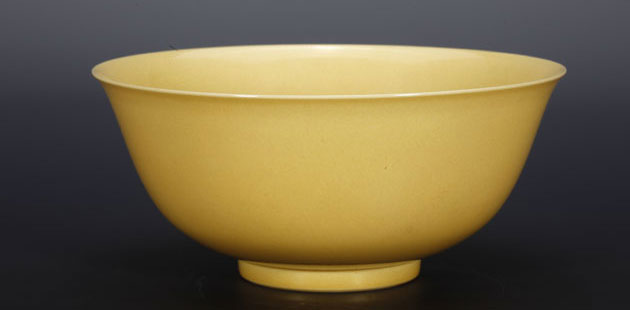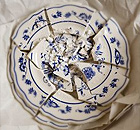Apple and Proview court controversy at iPad hearing
Updated: 2012-02-23 10:20
By Wu Yiyao and Tang Yue (China Daily)
|
|||||||||||
Law and order
China introduced its trademark law in 1982 and has revised it twice: in 1993, a year after the government unveiled plans to build a socialist market economy, and in 2001, after the country's entry into the World Trade Organization.
The law today is far more detailed than in its original form, yet experts say there are still holes that need to be filled before the interests of enterprises and consumers can be guaranteed.
Experts say the disputes result from a fundamental difference in the systems used by various countries. In developed nations such as the United States and Britain the right to use a trademark is granted to the individual or company who first uses it.
However, in China, the right goes to the first person to file a patent application.
Although the current system is easier for Chinese judges, Zhang Yumin, who heads the School of Intellectual Property at Southwest University of Political Science and Law, said the first-to-use rule employed in the West says more about the relationship between the trademark and the product.
"The value of a trademark lies in the product," she said. "A trademark should not be given to those who don't have any business interest in the market, and there should be severe punishments for those who make mala fide applications.
"Some countries require newly registered trademark owners to show evidence of their production for the previous five years. If they can't produce this, the trademark can be revoked," she added. "We can learn from this practice."
According to Zhang, the trademark law in Japan was revised five times between 2003 and 2008, while the US amended its regulations 14 times between 1946 and 1995, an average of once every four years.
China is more cautious about revising laws, however. Authorities began a review of the trademark law in 2005 and released a draft of the amended regulations for public opinion in September.
Yet, when it comes to addressing the problem highlighted by the Proview-Apple dispute, Liu at Renmin University of China said: "I don't see much improvement in the new draft. It still promotes the power of registration."
Changing attitudes
Chinese enterprises have also faced trademark wrangles in overseas markets.
Lenovo, the world's second-largest PC maker, originally used the name Legend abroad. However, it changed the name in 2004 due to a conflict with trademarks registered in Western countries.
Likewise, Hisense Group ran into difficulties in 2000 when it attempted to enter the German market. The name Hisense, it discovered, had already been registered in the country by a Siemens-Bosch joint venture.
The white-goods manufacturer made an initial offer to buy the trademark from its competitor but balked at the asking price, reported to be in the region of 40 million euros ($52 million).
Five years and several court hearings later the companies reached an out-of-court agreement in which Hisense paid an undisclosed amount to use the name in Europe.
"In the age of multinationals, it's not unusual to see such cases around the world, especially those related to China," said intellectual property expert Feng Xiaoqing at the China University of Political Science and Law.
"Chinese companies have just started the globalization process and some are still learning to defend their interest," he said. "Meanwhile, China is a booming market and has attracted companies from around the globe. That naturally increases disputes."
Liu at Renmin University added that at the root of the problem is the ideology of the planned economy.
"Some Chinese people are still after a free ride and haven't learned to respect the property of others, especially when it comes to intangible property like trademarks," he said.
"It takes a long time to revise and implement a law; it may take longer to change people's attitudes."
Contact the reporters at tangyue@chinadaily.com.cn or wuyiyao@chinadaily.com.cn









